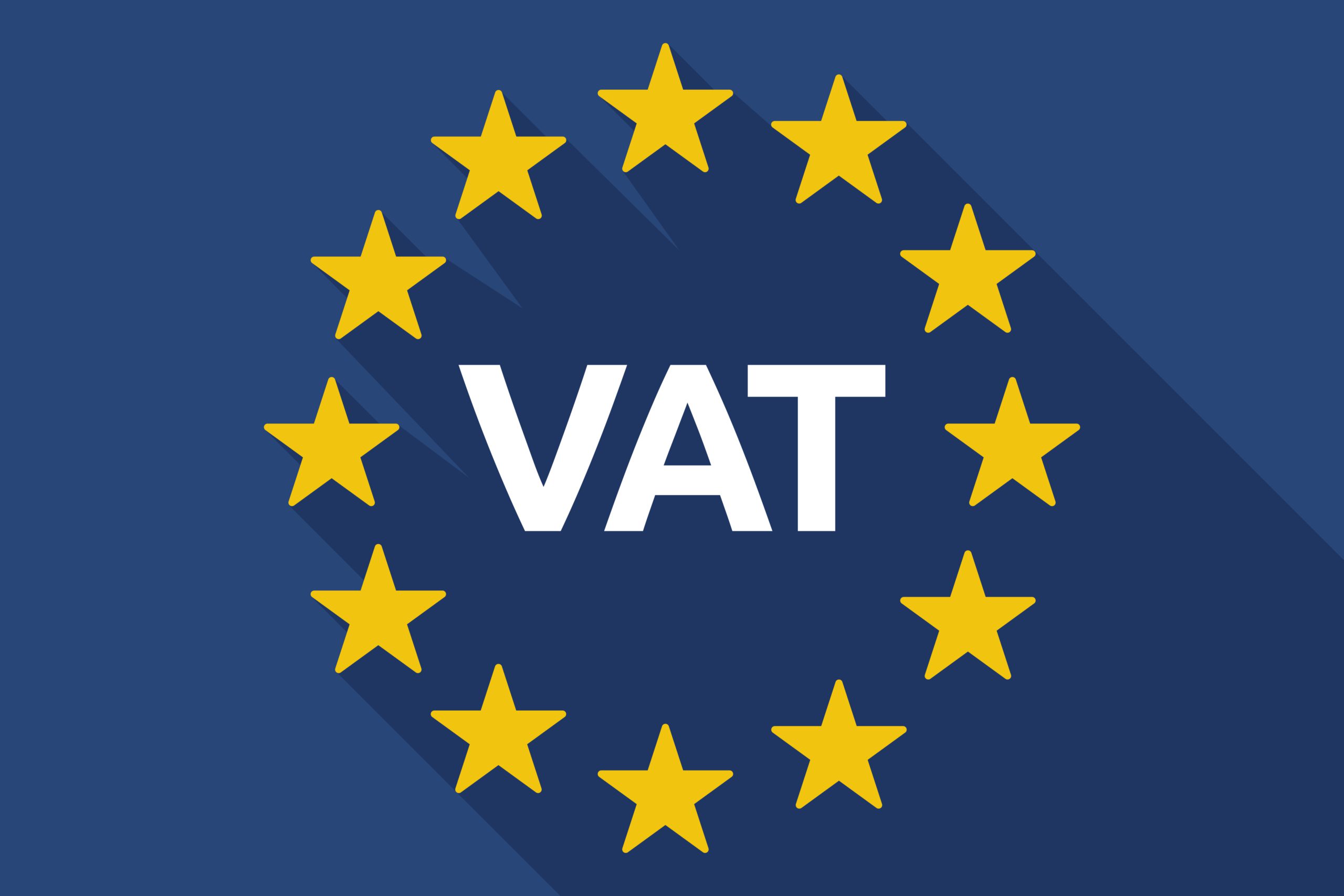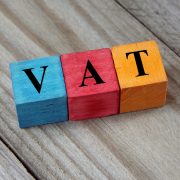Understanding the EU VAT in the Digital Age (ViDA) Reforms: Key Points for Irish Businesses

The EU’s VAT in the Digital Age (ViDA) package will enter into force on 14 April 2025 and will be rolled out in stages. ViDA has been called the biggest VAT reform since the Single Market, but what is it and what does it mean for Irish businesses?
There are three pillars to the ViDA package:
| With effect from | Key Points | |
| Pillar 1 – Digital Reporting Requirements & eInvoicing | 1 July 2030 |
|
| Pillar 2 – Updated rules for the platform economy | 1 July 2028 (voluntary)
1 July 2030 (mandatory) |
|
| Pillar 3 – Single VAT Registration | 1 January 2027
|
|
| 1 July 2028 |
|
Explanatory notes with detailed guidance on how ViDA should be implemented are currently being drafted at EU level. It is expected that Irish Revenue will publish implementation guidance for Irish businesses during 2025. Aligned with this, Irish Revenue is looking to modernise Ireland’s administration of VAT generally so there could be further changes to the Irish VAT system.
How Should Irish Businesses Prepare for ViDA Changes?
Irish businesses selling goods or services within the EU should take this opportunity to evaluate how the ViDA package will affect their VAT processes and registrations and take necessary actions to ensure they are ready for the ViDA changes.
Please contact us if you require assistance with preparing for these changes.







